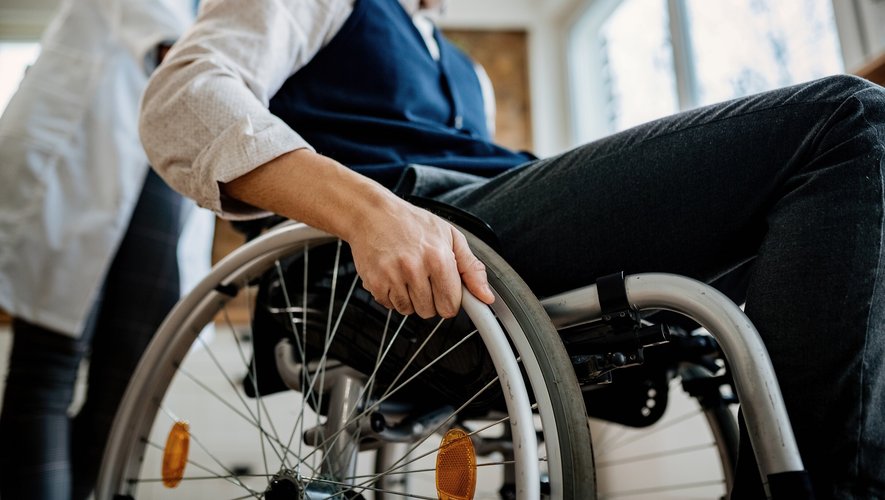(AFP) – Far from being a gadget, artificial intelligence can change the lives of people with disabilities, who are more independent thanks to advances in image recognition, or even capable of partially recovering a lost faculty such as speech or walking.
At the end of May, a paraplegic person, affected in the cervical vertebrae, was able for the first time to regain natural control of walking by thought, thanks to the coupling of two technologies restoring communication between the brain and the spinal cord.
At the same time, the company Neuralink, which billionaire Elon Musk launched in 2016, hopes to restore autonomy to paralyzed people via brain implants, before linking the human brain to machines. She was authorized at the end of May in the United States to carry out the first tests on humans.
Less spectacular but just as important, consumer products like smartphones are turning into everyday crutches, thanks to AI.
Thanks to their camera, iPhones or other Androids have applications to identify people and describe the objects around them: useful for finding the nearest door or the button of a microwave, for example.
In May, Apple announced the Live Speech feature which will allow you to express yourself in writing during telephone or video conversations, with an audio transcription of your remarks for your interlocutor.
For people who are at risk of losing the ability to speak due to a neurodegenerative disease, the apple brand also promises to reproduce the timbre of their voice after a 15-minute workout (only in English).
Apple has worked with the organization founded by NFL player Steve Gleason with Charcot’s disease, Sarah Herrlinger, who leads the company’s accessibility projects, told AFP at the VivaTech show. business.
One in three people affected by this disease is at risk of losing their speech, she says.
– Offer autonomy –
At Apple, “the accessibility of a product is thought from the start. We were the first to launch a touch screen reader in 2009,” she says.
On the Google side, we are currently trying to mobilize generative artificial intelligence, which “brings many promises for accessibility” and in particular for cognitive disorders, according to Eve Andersson, the accessibility manager interviewed by AFP.
In the line of fire: solutions to help people with dyslexia to read, such as automatic text summaries or suggested responses to emails.
Using Google Deepmind AI, the Lookout assisted vision application will allow the user to query their device for the content of any image.
“If you design and develop something that works well for people with disabilities, it will work even better for all users,” says Eve Andersson, who cites larger fonts, voice transcription, or subtitles. automatic YouTube video titles.
The solutions provided by AI “are likely to offer a lot of autonomy to blind and visually impaired people, and are sometimes adopted without even realizing it”, supports Manuel Pereira, head of the accessibility center of the Valentin Haüy association.
Microsoft’s SeeingAI application, for example, allows you to “explore a photograph with your fingers, which is interesting when sharing on a Whatsapp group”, but “people are not always aware that it is thanks to the ‘artificial intelligence”.
With more than 15% of the world’s population affected by some form of disability, initiatives abound.
The French start-up Sonar Vision, for example, is developing a technology to guide visually impaired people in certain cities, and the young shoot Equally AI would see ChatGPT improve the accessibility of websites.
“If we enter an economic model that emphasizes profitability, the door can close as quickly as it opened”, however warns Manuel Pereira.

